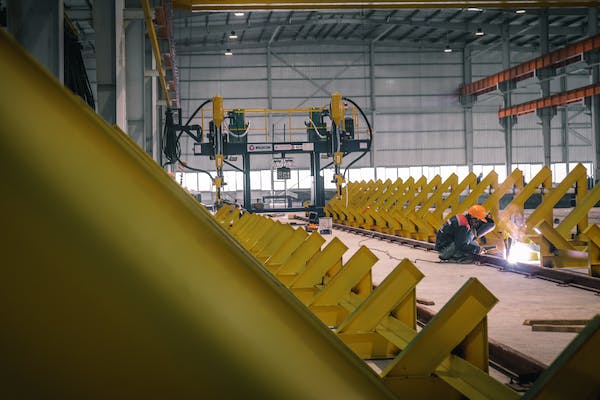The presence of addiction in the oil and gas industry is a growing concern. While the need for petroleum products is constant in modern life, the associated risks to employees and their safety are sometimes overlooked. Addictions in the oil field have been on the rise, as the environment can be particularly conducive to the hardening, and sometimes fatal, effects of substance abuse. This article will examine the causes and effects of addictions in the oil and gas industry, and how employers, employees, and communities can work together to address the issue.
The oil and gas industry has a long history of hiring people with addiction and substance abuse problems. The industry offers ready access to danger, higher wages, and the chance to travel. The work is often independent and requires little or no supervision. All of these factors lead to an environment where those struggling with addiction can feel comfortable and ‘at home.’ As a result, the prevalence of addictions among oil and gas workers is higher than that of other industries.
The long, irregular hours in the oil and gas industry provide avenues that make addiction problems worse. Employees can get into trouble without anyone’s knowledge or approval. The consequence of such an environment is that any addiction problem can spin out of control with devastating consequences for the individual involved, their families, and their employer.
The most commonly abused substances by oil and gas workers are alcohol and marijuana. Both are easily accessible and can be used as a form of self-medication to deal with the stresses that accompany the job. Alternatively, those not sensitive to the potential re-engaging of addiction may overindulge in either of these substances. As a result, many oil and gas workers find themselves unable to cope with the stresses of the job and their personal lives and become dependent on drugs or alcohol.
The physical effects of addiction can be witnessed in the worksite. Those suffering from addiction may have a decreased attention span, slow reflexes, and little regard for their own personal safety. Additionally, those under the influence of drugs and alcohol are at increased risk of being injured or killed in oilfield accidents.
Social problems such as reduced job performance, absenteeism, morale problems, and a lack of trust can occur when addiction is present in the workplace. In addition, the business has to bear the cost of medical treatments, lost access to potential revenues, and damages to its reputation resulting from drug and alcohol use on the job. The ripple effect may even extend to the employer’s other sites, to business partners, and to oilfield communities.
Employers can play a role in curbing the presence of addiction in the oil field, as they have a vested interest in ensuring the safety of their employees and the productivity of their business. Promoting a culture of safety and responsibility within the organization, tight security of work premises, drug testing and medical screening of employees, and providing resources to help in case of addiction can all help to reduce the prevalence of addiction.
Employees also have a role to play. It is important for oil and gas workers to be aware of the signs of addiction and to educate themselves about the risks. Additionally, there should be sufficient mental health and wellbeing support made available at the worksite.
Finally, it is essential that the communities in which oil and gas operations take place are engaged with the company in promoting an addiction-free environment. Local health and welfare organizations should be involved in helping those struggling with addiction and providing resources to assist both employers and employees.
Addiction in the oil and gas industry is a serious problem, but one that can be addressed. By working together, employers, employees, and communities can reduce the prevalence of addiction in the oil and gas field and cultivate an atmosphere of safety and responsibility.
